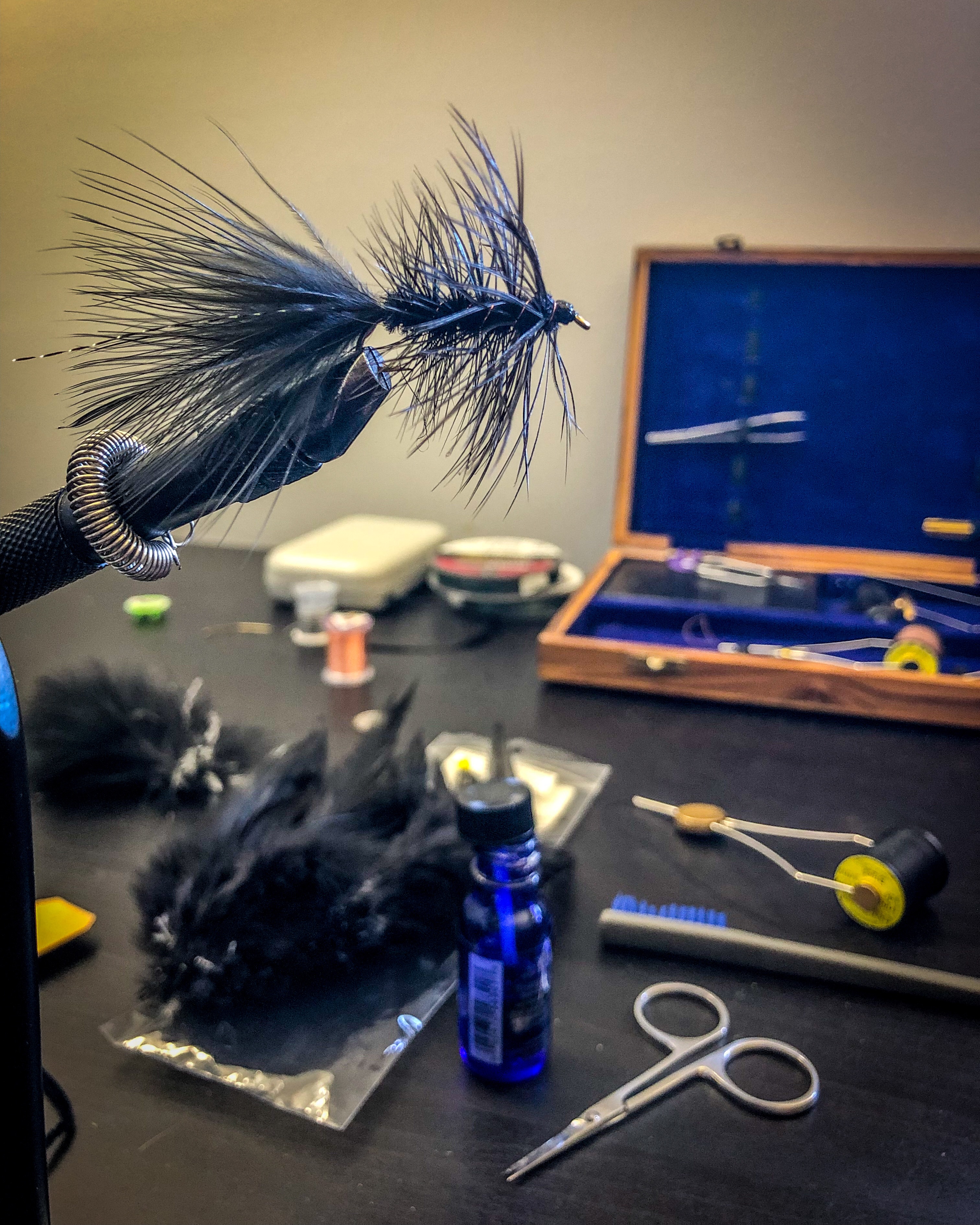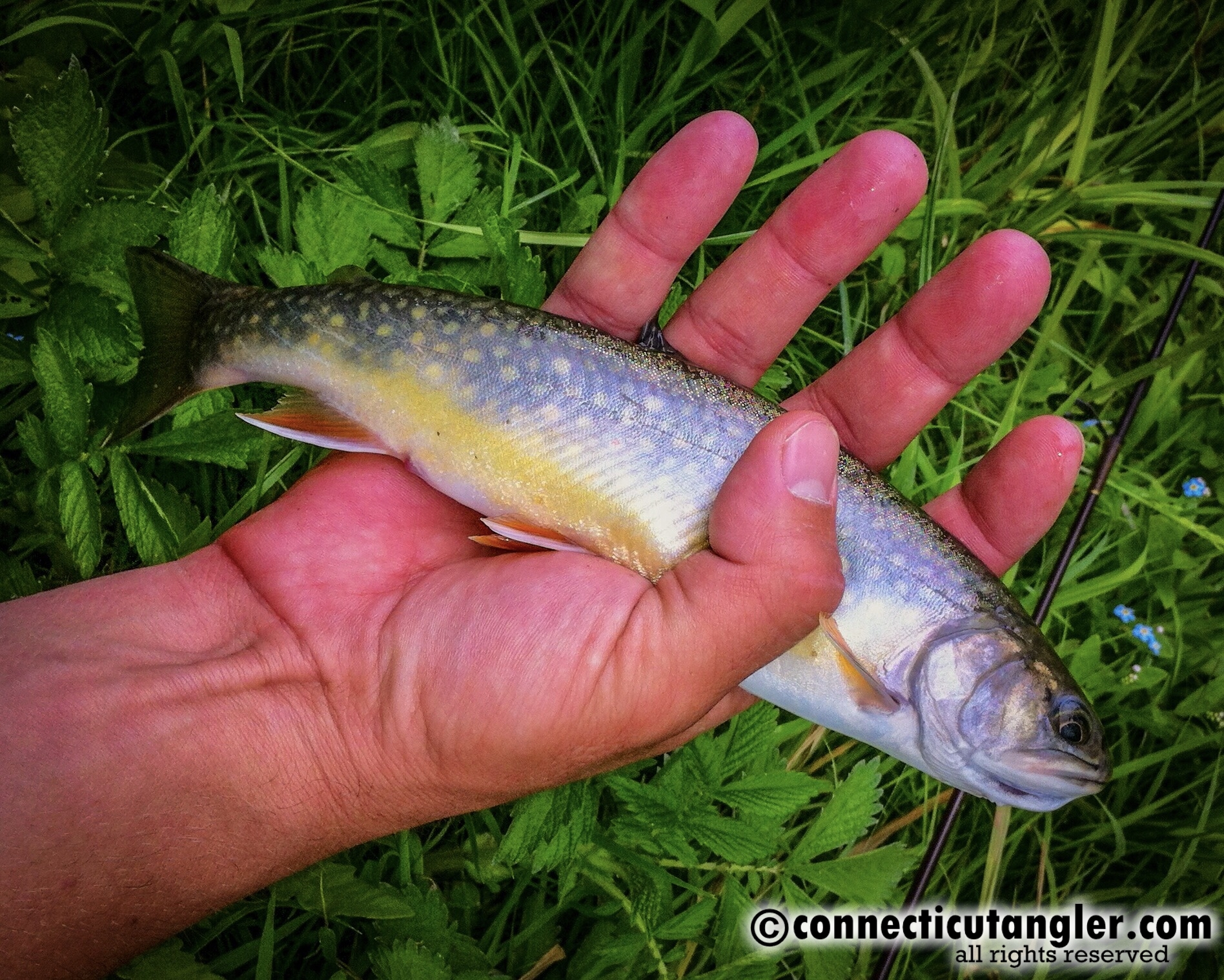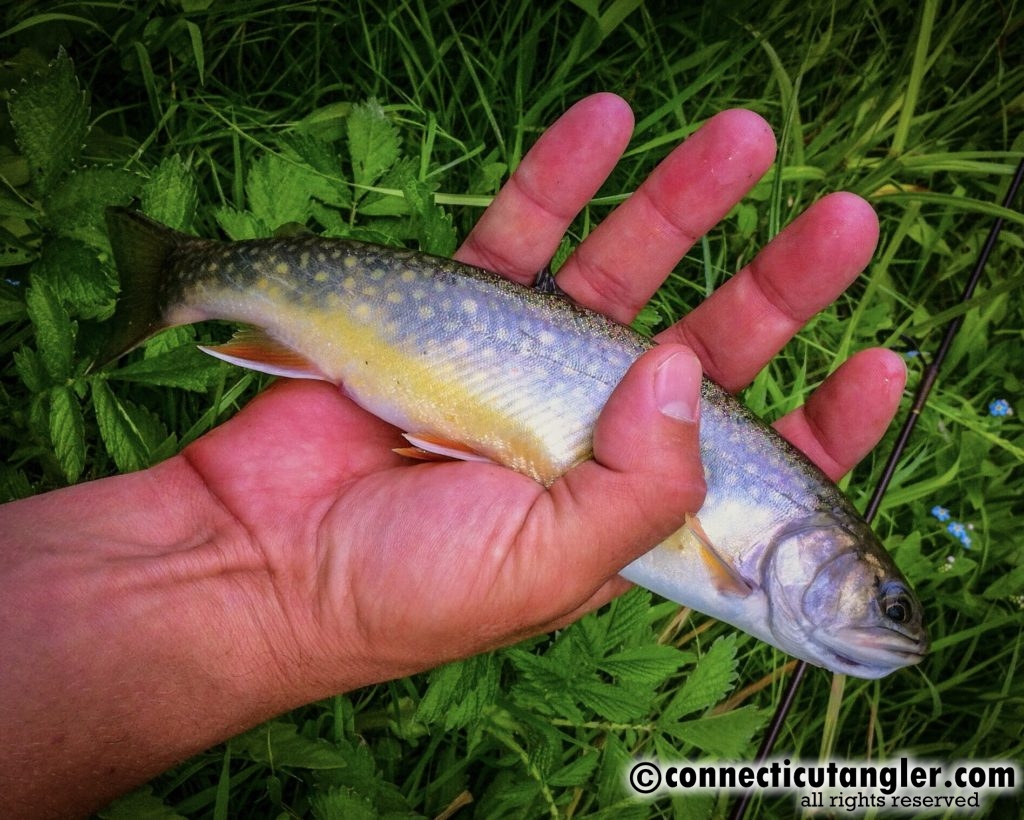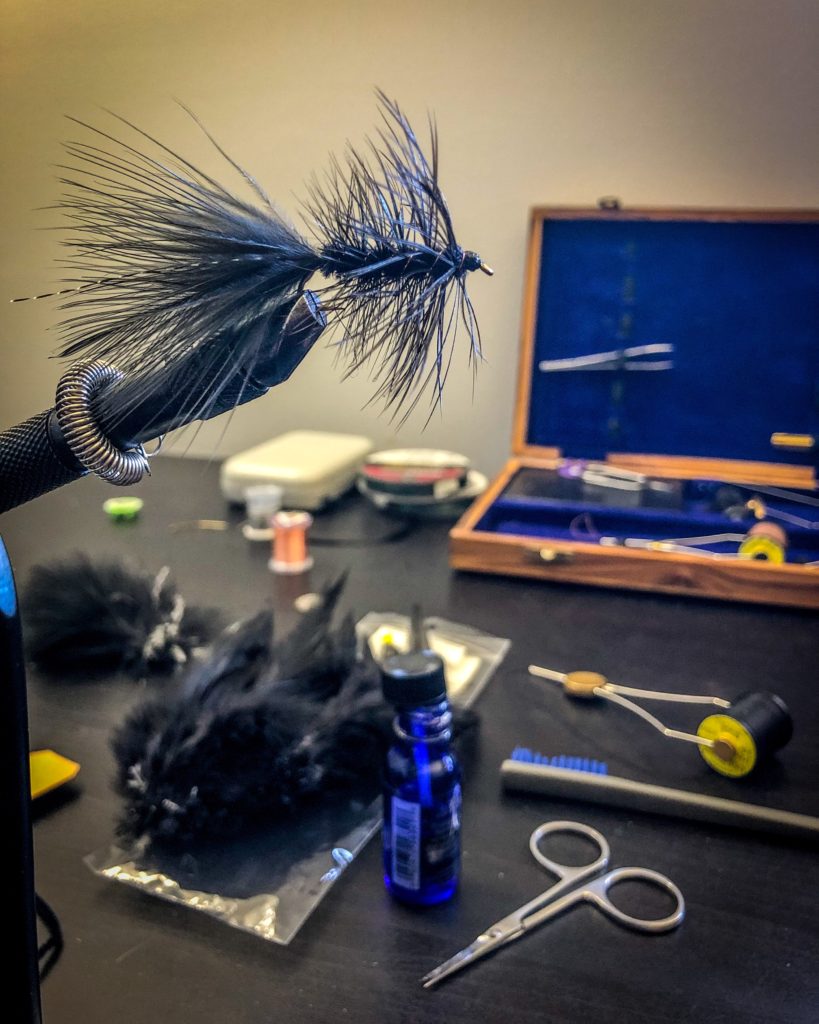
Some sneer at them as too basic. Others, such as myself, leverage them for every swimmy fiber of fish-catching glory they possess. The venerable woolly bugger is virtually unrivaled in its simplicity and versatility. A true classic that ALWAYS has a spot in my streamer box.
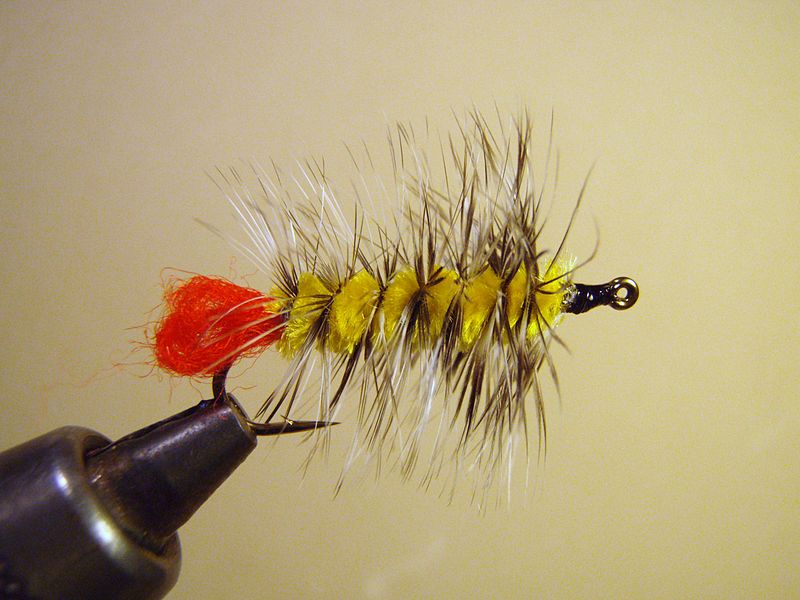
Sources tend to differ on how and when the woolly bugger originated, though it would seem that the precise pattern –with a marabou tail and hackle-wrapped chenille body– emerged at some point in the US during the 1970s. Don’t let that that lull you into believing that it’s a relatively new creation, though. Indeed, the essential elements of the woolly bugger have been in development for some 400 years or more.
Certainly, the one of the fundamental design concepts behind the woolly bugger can be traced back to the “palmer-worm”, a long-shank, hackle-wrapped fly that was in popular use during the 1600s in England and described by Izaak Walton in his famous work, The Compleat Angler. The palmer-worm was already a well-established fly at that time, so it’s easy to imagine that it originated much earlier, probably in the 1500s.
During the intervening centuries, many wet flies were developed that we could arguably point to as transitional steps between the palmer-worm and the woolly bugger. But most seem to concur that the development of the “woolly worm” was key. Author Ian Whitelaw, writing in The History of Fly-Fishing in Fifty Flies, traces the woolly worm back to 1920s fly anglers in the Ozarks. The hackle-wrapped chenille body of the woolly bugger was firmly established in this pattern, though the tail of the woolly worm was a stubby piece of yarn rather than a generous sprig of marabou. Within just a couple decades, the addition of trailing marabou would impart an undulation to the woolly worm and give rise to one of the most ubiquitous and celebrated patterns in fly fishing.
